Standards For Specialty Tea
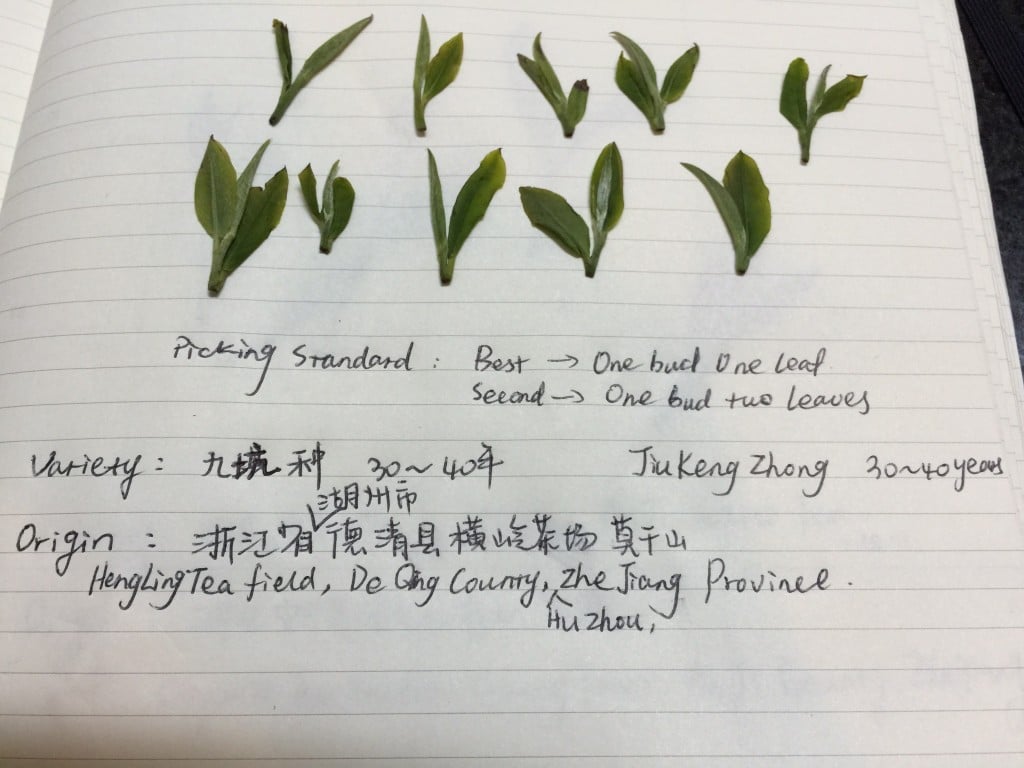 Since last November, I have been talking to a broad spectrum of people about standards for quality and specialty tea. Through these discussions, I have interacted with a wide and varied demographic: from consumers to producers and every group in between. What has been most surprising to me is just how many people had only a vague idea about what standards for tea would actually look like.
Since last November, I have been talking to a broad spectrum of people about standards for quality and specialty tea. Through these discussions, I have interacted with a wide and varied demographic: from consumers to producers and every group in between. What has been most surprising to me is just how many people had only a vague idea about what standards for tea would actually look like.
Moreover, many people I spoke with thought that what I was proposing was some kind of regulatory agency with enforcing powers. This is far from being the case; my real point of interest is in regards to education. Standards for excellence would give tea makers a goal to shoot for while giving buyers and consumers the tools to determine whether or not makers had reached that goal. Someday there may even be international competitions where tea producers bring their tea, not companies with purchased tea. As with both wine and coffee, the tea makers would be judged by their skill in tea making.
What would standards for quality in a tea look like?
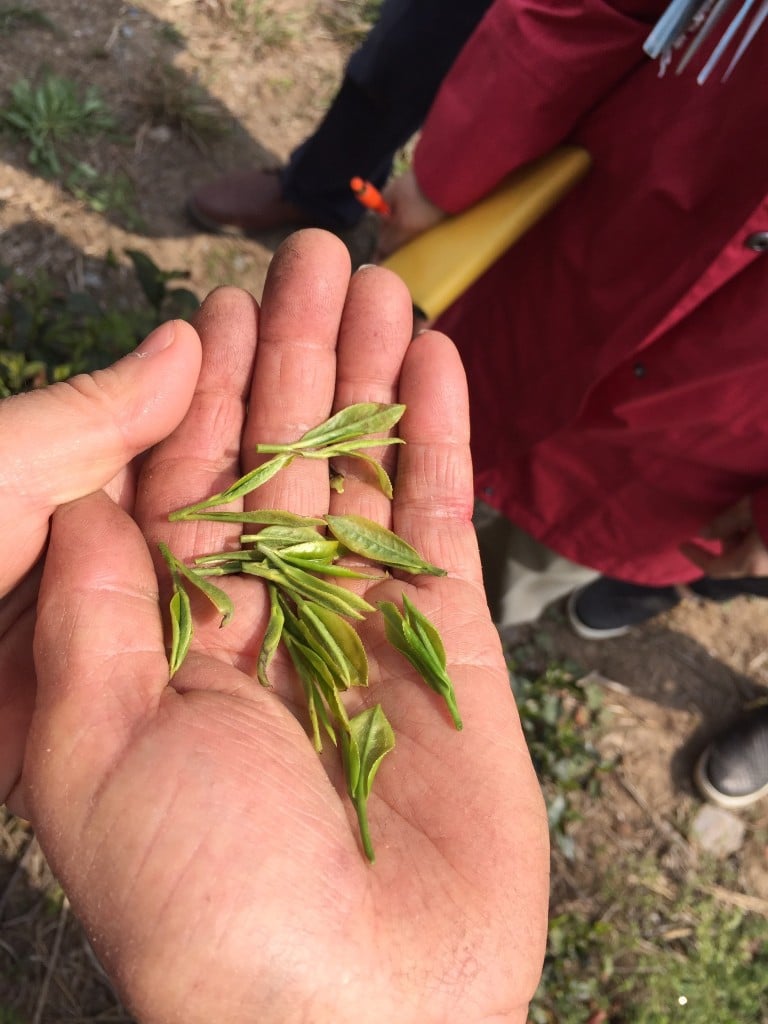
To begin, it is important to understand that there are common elements in any quality tea, no matter what category they fall into. In other words, white, green, yellow, wulong, black, and puer teas all share common elements. These can be judged objectively before even getting to the subjective aspects such as taste.
Here is a partial list, not ordered on importance. It should be noted that some of these elements can be further broken down:
- What is the condition of the finished leaf? There is no better indicator of quality than the finished leaf; it takes great skill to have a pristine leaf at the end of processing.
- Was the plucking standard adhered to? There are, of course, different plucking standards for different teas.
- What is the level of uniformity among the leaves?
- When was it harvested?
- Where was it grown? The importance of origin of course is critical and could include soil composition, elevation, and even the orientation to the sun.
- How much moisture remains in the finished leaf? Having the correct amount of moisture left in the tea determines its stability.
- What were the growing practices?
- How was it processed?
- What was the cultivar used? It is common practice to make the same tea from different cultivars.
- Who made it?
- How was it packaged? How the tea is cared for after production is, of course, very important.

Now we get into the more subjective areas of evaluation. Below are some tools that have been developed and will be developed to inform the standards evaluation. Assigning a weighted values to all of these elements is essential to creating a scoring system that can be readily agreed upon by different individuals.
- Is the color “right”? This can be a very complicated question because there can be many colors involved with some teas.
- Does it have a distinguishing aroma? There are an array of aromas to be evaluated, the dry leaf, the dry leaf in a heated vessel, the aroma of the brew tea, the smell of the cold vessel, etc…
- What does it taste like? For many this has wrongly been the heaviest weighted element; it should not be. Taste almost always says more about the taster than the tea. Although it is an important element, it should be weighted accordingly.
This list is meant to serve as an introduction to the standards discussion. A competent and experienced buyer would look at these elements and questions as well as quite a few more. From those elements an evaluation matrix could be established so that,
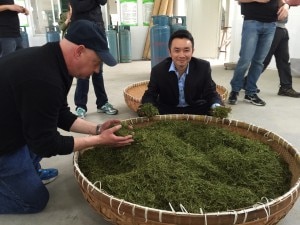
weighted by importance, a scoring system could exist. Any score exceeding 80 could be called “specialty tea” as is the case with Specialty Coffee. A score of 90 or above would be considered excellent. How much each element would weigh in is for a later discussion. But for the sake of example, let’s say that condition of the leaf could have a possible score of 10. If we judged on this simplified scale, and a tea’s leaves were 90% unbroken, then section would get a score of 9.
Definitions for individual teas are the second part of this system of evaluation. A tea definition would address each element in the list above with specifics details that would help in assessing particular teas. For example, Shi Feng Long Jing is a exactly defined tea whose definition includes mention to all of the above elements. Many teas and their producers have benefited from having these elements defined;
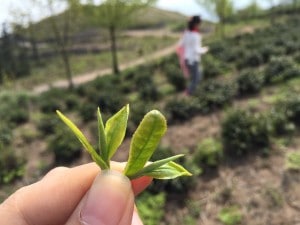
you cannot find a famous Chinese tea where this is not the case. Because of this, China already has determined definitions for a vast array of teas. Their standards system exists on four different levels: national, provincial, local, and those set up by individual tea makers. It makes the system difficult to navigate and creates it’s own ambiguities. Nevertheless, establishing these definitions more than a decade ago elevated the Chinese tea industry into what it is now.
After having been dismantled time and time again, the Chinese tea industry’s most recent revival dates back to the late 90’s when private tea companies that followed the standards set by the national government agencies in Hangzhou were formed. They brought in tea makers from across China to teach and solidify these definitions for teas. This process was extended to universities, which in turn created local tea councils that promoted quality local teas.
I have been involved in the Chinese tea industry for many years and have watched this renaissance unfold. However, such
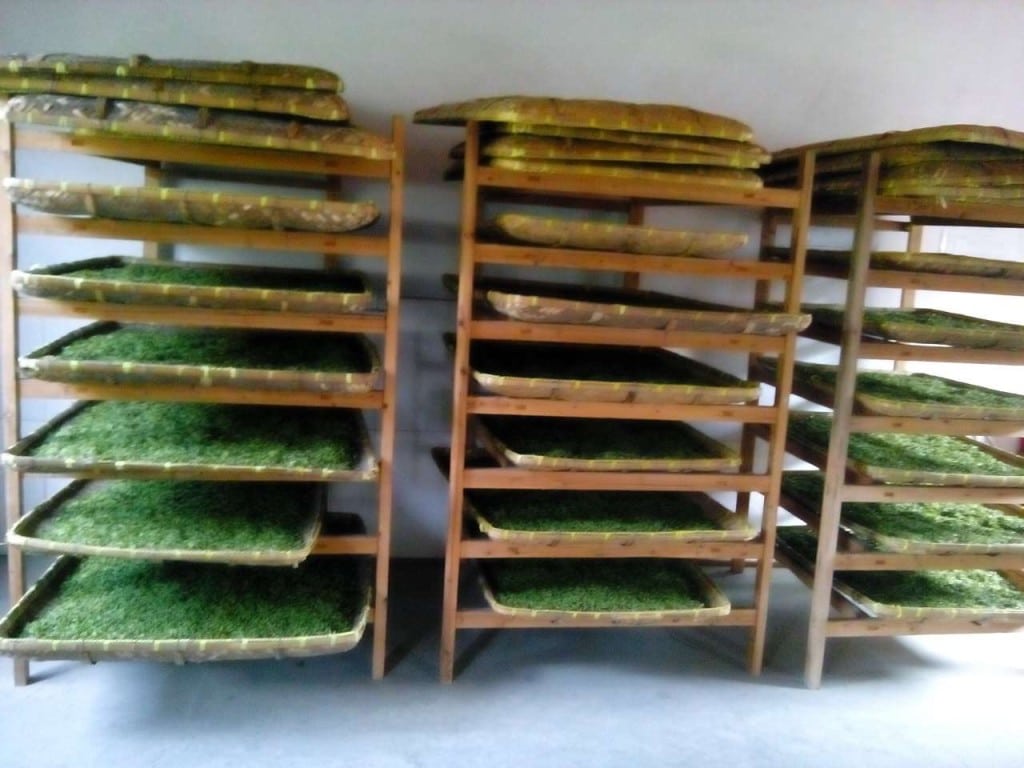
prosperity should not be limited to China. Rather, this can act as a blueprint for the rest of the international tea producing countries. Standards aren’t just about making better tea, but perhaps more importantly, are about changing the international tea economies.
India certainly has the most to gain from the adoption of quality standards. They have an extraordinary base of very well taken
care of gardens. Assam teas are the richest in the world for tea polyphenols, and Darjeeling is, well Darjeeling. There is a very wide range when it comes to quality there, and the Darjeeling brand is suffering as a result. I haven’t personally visited the south of India, but I imagine it’s more of the same there. Sri Lanka and Africa would also benefit highly. Even in a highly mechanized Japan, there are still plenty of small, traditional tea makers that could enliven the population’s taste for finer teas.
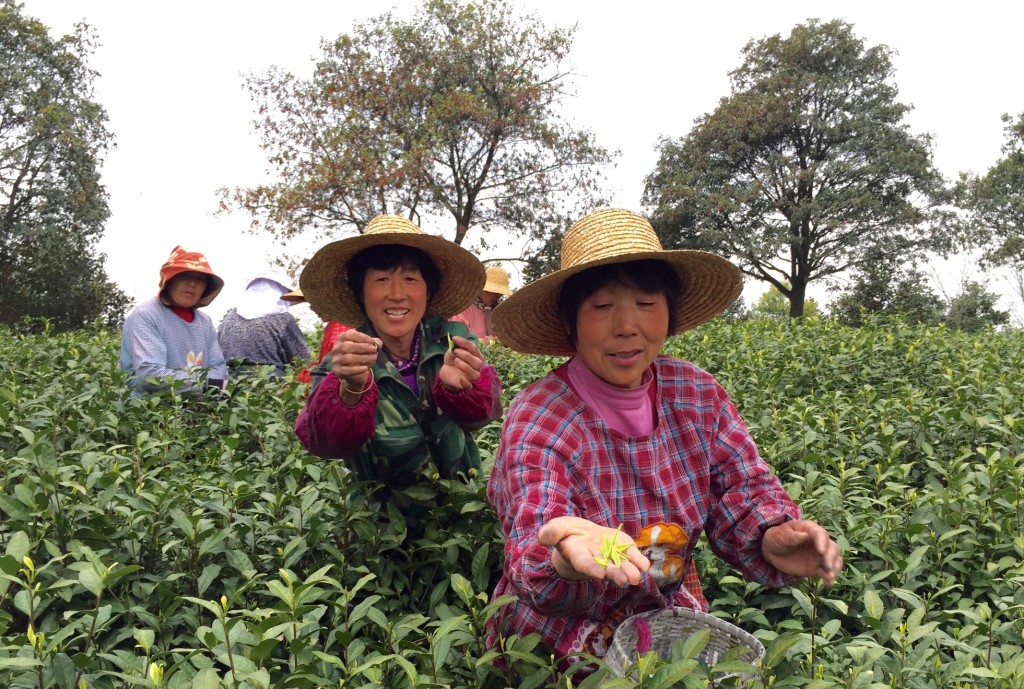
Certainly it will take a long time for quality standards to do for tea what it did for specialty coffee. But it is important to remember that those standards were established back in 1974, and it took a long time for the infrastructure to develop to support independent roasters and an equally long time for the market to be built.
At least we are starting the conversation that is the first step towards moving things forward. That has been, is, and will continue to be my goal. People interested in being a part of that discussion can sign up at www.specialtyteaassociation.org. Please get involved.
Austin Hodge
